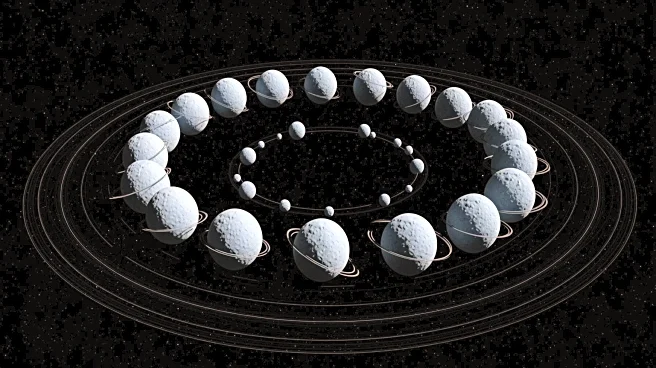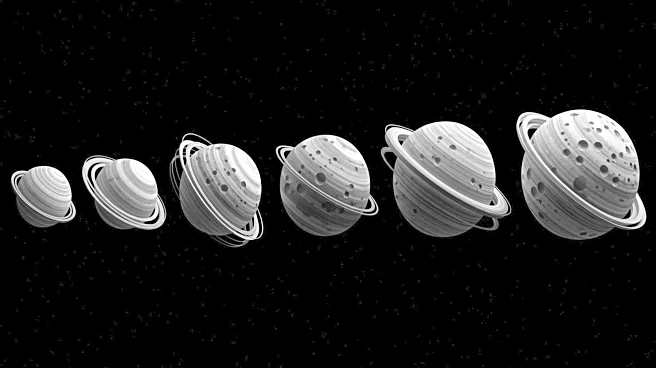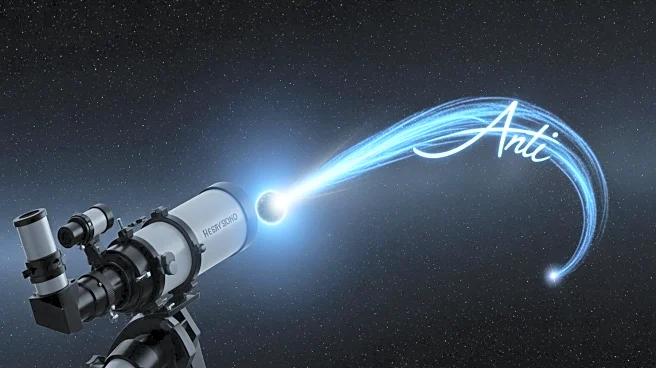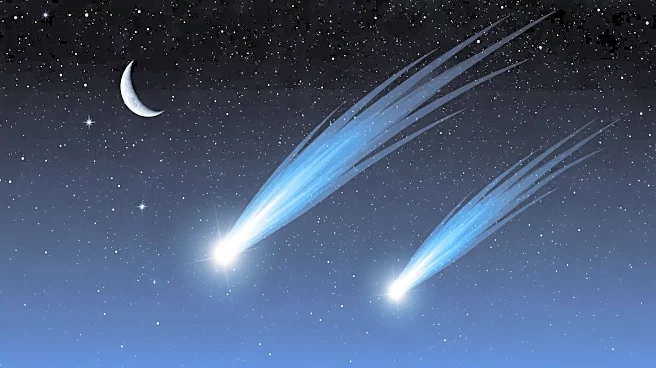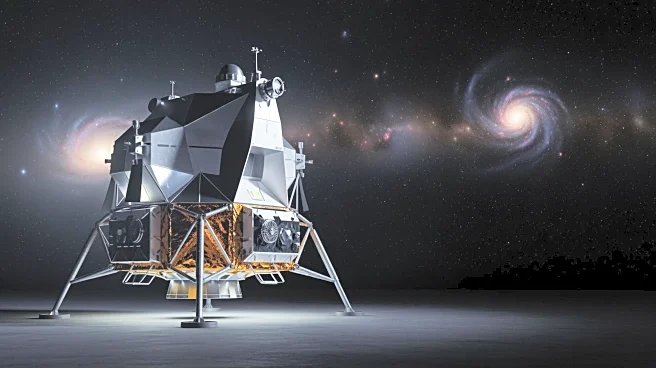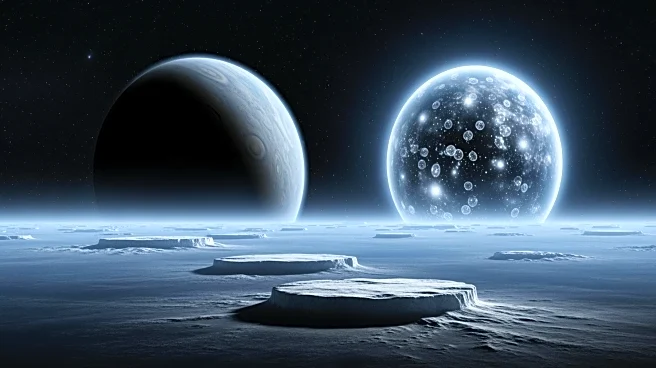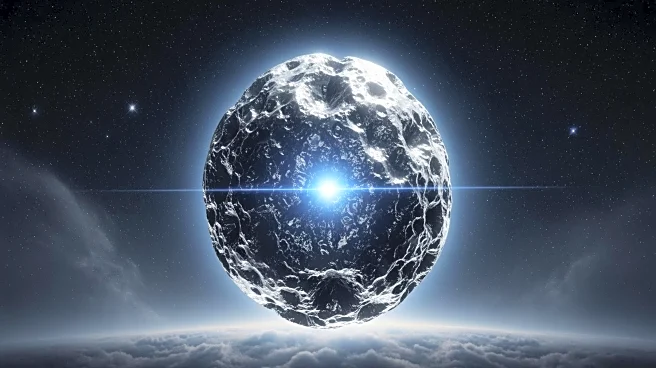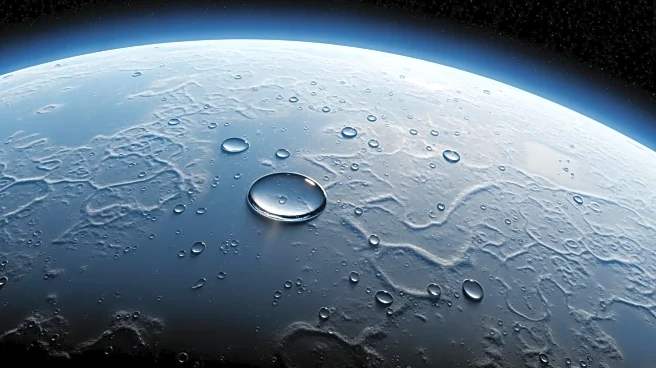What's Happening?
Recent observations by NASA's New Horizons spacecraft have revealed that Kuiper Belt objects (KBOs) beyond Pluto's orbit tend to rotate in a direction opposite to their orbit around the Sun. This retrograde
rotation challenges existing planetary formation models, which typically expect objects to spin in the same direction as their orbit. The findings suggest that KBOs may have formed through gentle pairings rather than violent collisions, as evidenced by the contact binary shape of Arrokoth, a KBO studied by New Horizons. The spacecraft's data indicates that 63% of the KBOs observed have a contact binary shape, a significant increase from previous Earth-based estimates.
Why It's Important?
The discovery of retrograde rotation among KBOs has implications for understanding the formation of planetary bodies in the solar system. It suggests that the processes leading to the creation of these objects may differ from those closer to the Sun, potentially involving less violent interactions. This challenges existing models and could lead to revisions in theories about the early solar system's evolution. The findings also highlight the importance of continued exploration and observation of distant solar system objects, which can provide insights into the conditions and processes that shaped our cosmic neighborhood.
What's Next?
As the Vera C. Rubin Observatory continues its observations, researchers expect to gather more data on KBOs, potentially confirming or refining the findings from New Horizons. This could lead to a deeper understanding of the formation and evolution of the solar system's outer regions. The ongoing study of KBOs may also influence future missions and research priorities, as scientists seek to unravel the mysteries of these distant objects.
Beyond the Headlines
The unexpected behavior of KBOs raises questions about the dynamics of the solar system's outer regions and the factors influencing object formation. It also underscores the need for interdisciplinary collaboration in planetary science, combining observational data with theoretical models to develop a comprehensive understanding of solar system evolution.
